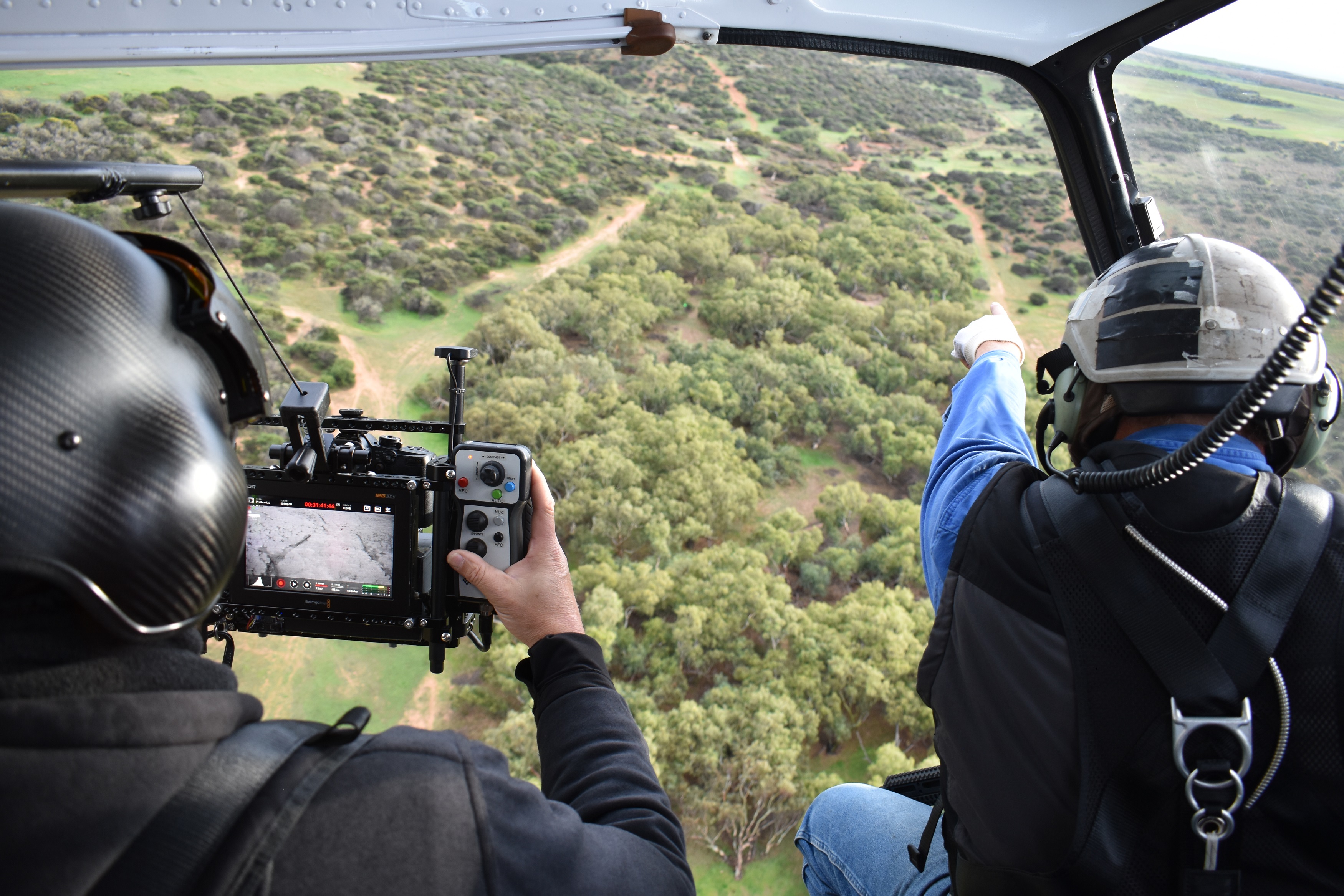
Feral deer are considered one of Australia’s worst emerging animal pest threats, with populations continuing to expand – particularly in some eastern states, where numbers have increased to unprecedented levels.
The pest impacts agricultural production, the environment and social amenity, while also posing a biosecurity risk via the transmission of emergency animal diseases, such as foot and mouth disease.
The Department of Primary Industries and Regional Development (DPIRD) has developed a Western Australian Deer Action Plan to prevent new populations becoming established and to control existing populations.
As part of the plan, DPIRD is targeting three locations where there are known populations of feral deer of varying levels to collect baseline data on population distribution and density.
DPIRD Technical Area Manager Peter Adams said the data would assist the development of tools and management strategies to develop best practice control measures.
“While feral deer in WA are not yet at levels like those in the east, it is important to take action now to prevent populations from increasing to unmanageable levels,” Dr Adams said.
“This initiative will help provide scientific evidence from which to develop robust and effective control strategies that are suitable to WA conditions.
“The three sites were chosen as there are known populations of red and fallow deer at Esperance and Muchea, while Harvey also has rusa deer.
“These sites will be the focus of ongoing monitoring, which will support the development of tools and strategies to support effective and efficient control of deer.”
Landholders in the area have been advised and provided with information about the surveys, which will keep property information confidential.
DPIRD is also taking the opportunity during the feral deer aerial surveys to collect data on other pest species, such as feral pigs, to inform local control activities.
Landholders and the public are encouraged to report feral deer observations to the DeerScan online portal by searching the internet for ‘deerscan’ to aid ongoing surveillance.


